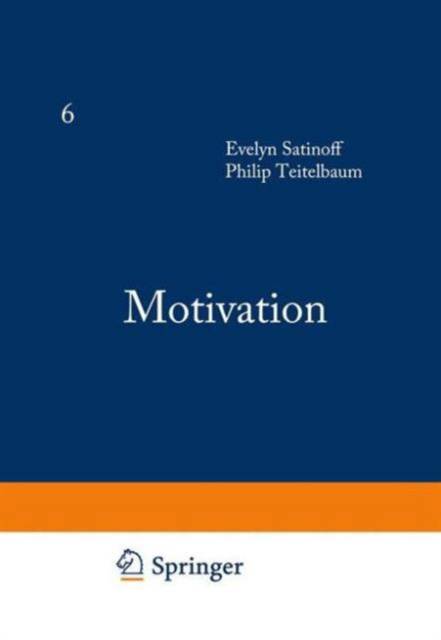
- Afhalen na 1 uur in een winkel met voorraad
- Gratis thuislevering in België vanaf € 30
- Ruim aanbod met 7 miljoen producten
- Afhalen na 1 uur in een winkel met voorraad
- Gratis thuislevering in België vanaf € 30
- Ruim aanbod met 7 miljoen producten
Zoeken
€ 139,95
+ 279 punten
Omschrijving
Motivation addresses a central problem in psychology: Why does an animal's behavior fluctuate in the face of an unaltered environment? In a sense this is the opposite of the question from which work on motivation began, and for which Claude Bernard invented the concept of the fixity of the internal milieu: How does an animal maintain constancy in the face of a fluctuating environment? Dealing with motivation has become extremely complex as new experiments, phenomena, and theories have extended the concept. This book embodies some of the ways in which work on motivation is currently proceeding. One of the major changes has been the recognition that motivation cannot be explained without an understanding of the biological rhythms and activational systems that underlie behavior. Another is that ecological and evolutionary perspectives add enormously to answering the central problem of why an animal does what it does when it does. The book suffers from several omissions. There is no chapter on the devel- opment of motivated behavior. There is none on reward systems in the brain, owing to the untimely death of James Olds, whose contribution would have enriched this book appreciably, and to whom we dedicate it. EVELYN SATINOFF PHILIP TEITELBAUM Vll Contents PART I UNDERLYING ACTIVATIONAL SYSTEMS CHAPTER 1 Motivation, Biological Clocks, and Temporal Organization of Behavior 3 Irving Zucker Reactivity to External Stimuli . . . . . . . . . . . . . . . . . . . . . . . . . . . . . . . . 6 Reactivity to Interoceptive Stimuli . . . . . . . . . . . . . . . . . . . . . . . . . . . . . 7 Sources of Biological Rhythmicity . . . . . . . . . . . . . . . . . . . . . . . . . . . . . 9 Rhythm Generation. . . . . . . . . . . . . . . . . . . . . . . . . . . . . 9 . . . . . . . . . . Rhythm Synchronization. . . . . . . . . . . . . . . . . . . . . . . . . 10 . . . . . . . . . . Consequences of Rhythm Desynchronization . . . . . . . . . . . . . . 11 . . . . .
Specificaties
Betrokkenen
- Auteur(s):
- Uitgeverij:
Inhoud
- Aantal bladzijden:
- 592
- Taal:
- Engels
- Reeks:
- Reeksnummer:
- nr. 6
Eigenschappen
- Productcode (EAN):
- 9780306410680
- Verschijningsdatum:
- 1/08/1983
- Uitvoering:
- Hardcover
- Formaat:
- Genaaid
- Gewicht:
- 1548 g

Alleen bij Standaard Boekhandel
+ 279 punten op je klantenkaart van Standaard Boekhandel
Beoordelingen
We publiceren alleen reviews die voldoen aan de voorwaarden voor reviews. Bekijk onze voorwaarden voor reviews.











